A surgical facelift is a highly effective way to lift sagging cheeks and jowls to create a more youthful appearance. One of the most common concerns expressed during a consultation when I discuss facelift as part of a facial rejuvenation plan is the potential visibility of the facelift “scar” which is located on the side of the ear. My approach to cosmetic procedures, whether it’s a facelift, eyelid rejuvenation, or nonsurgical procedures such as injectables, is to retain my patient’s unique facial character while achieving a naturally refreshed look. Generally speaking, the people I care for like looking their best, natural versions of themselves at any age. I’ll share how I minimize the appearance of facelift incisions in my patients.
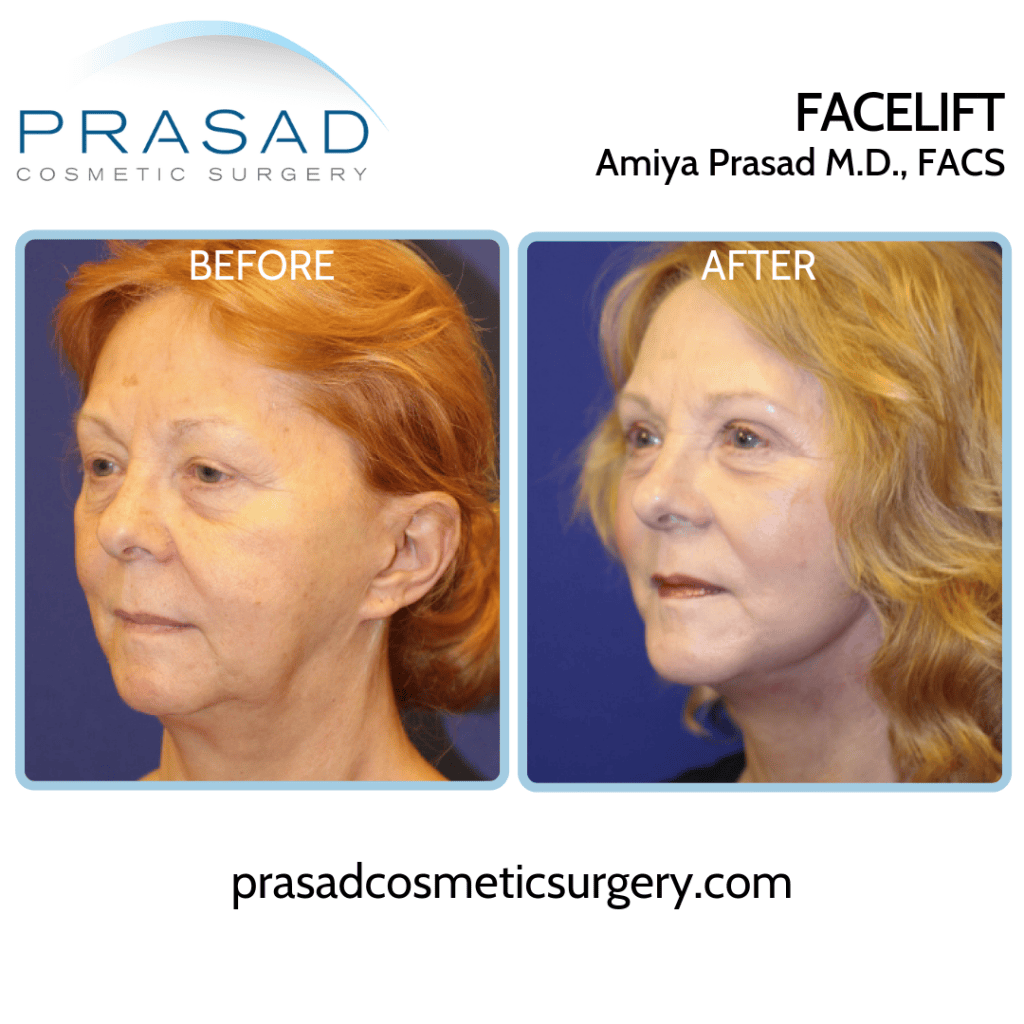
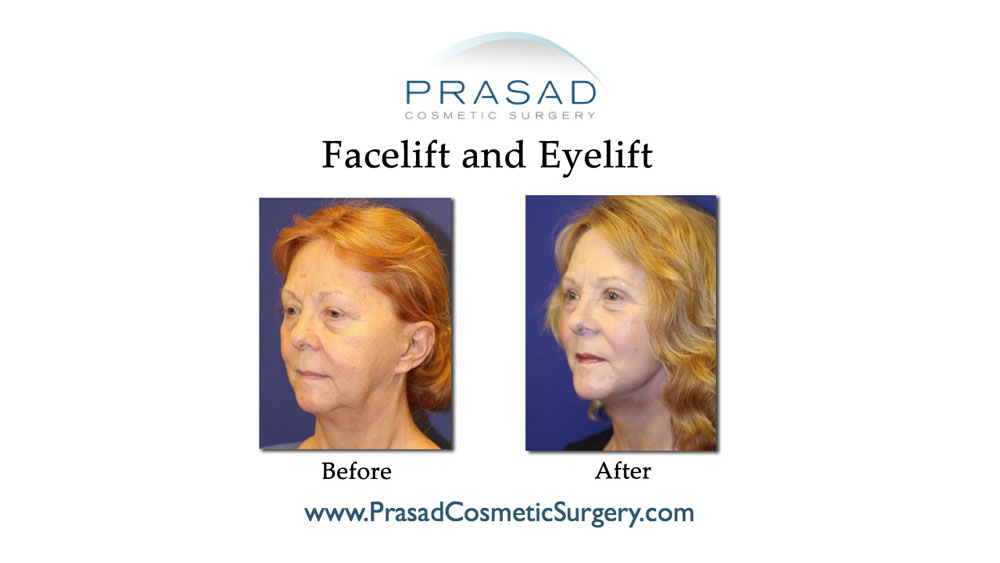
I perform all types of facelifts, such as short scar mini lifts, deep plane facelifts, and extensive face and neck lifts. I’m also called upon to help people who have undesirable facelift scars from other doctors. This is due in part to the adult stem cell-based regenerative healing strategies for tissue loss, surgical incisions, and scar revision I developed for my patients.
Several factors affect the appearance of facelift incisions, including: the placement of the incision, the tension on the incision after closure, and the way the tissue heals over the next several months after surgery. I cannot stress enough some basic strategies, which I believe are critical to optimal results for any surgery. For example, I spend a lot of time with my patients in my exam room with them sitting up so I can place my markings for the incisions strategically. I examine my patient’s face and neck skin, and soft tissue to determine the optimal direction of elevation, and to determine the potential level of tension there will be after the skin is trimmed, and sutures are placed. This is a critical part of the artistry, and for me to visualize the results I expect to achieve.
Since I have my own facilities, I allocate and factor in extra time so that I am never rushed during surgery. This is something that many of my patients understand by investing their resources and time in having this level of attention.
I’ve seen many patients who were operated on by high-volume, low-cost doctors who claimed to be top plastic surgeons. This type of doctor rushes through surgery to make up for the money they need to make because they charge low prices.
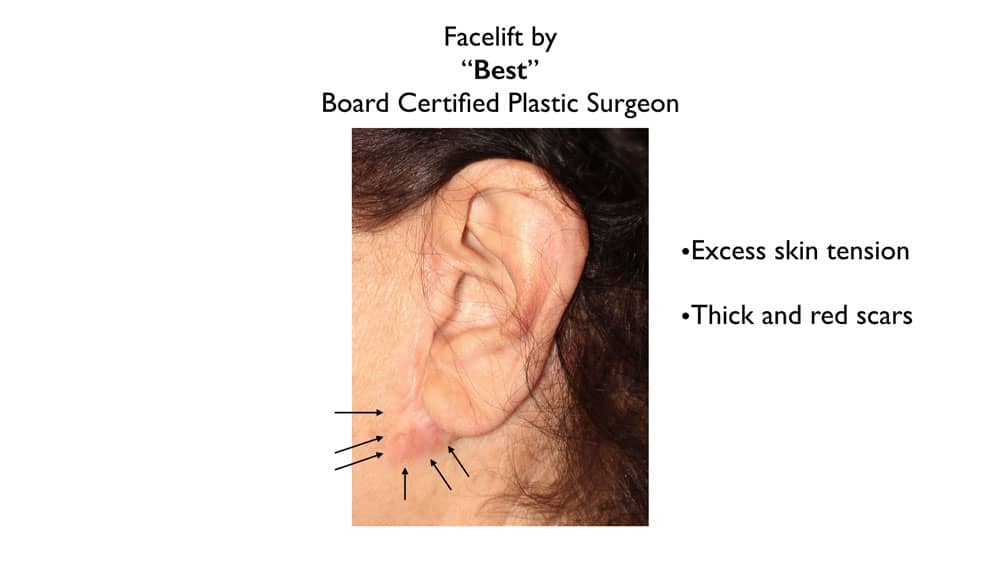
I’ve also seen poor outcomes in patients of doctors who claim to be the “best” and charge a lot, but end up taking on too much work and failing to deliver the quality results they could have done. Once again, I decide to treat each patient individually to avoid time constraints, and I have my schedule planned accordingly.
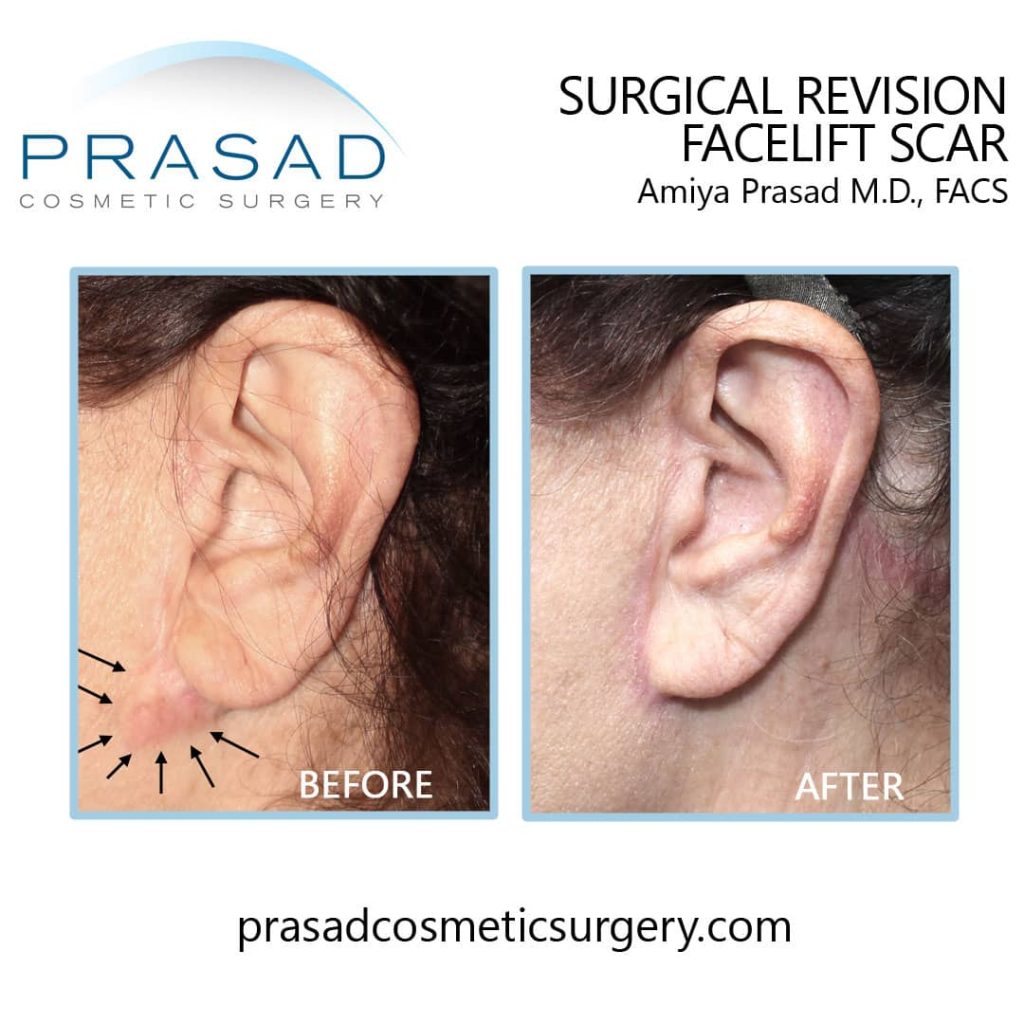
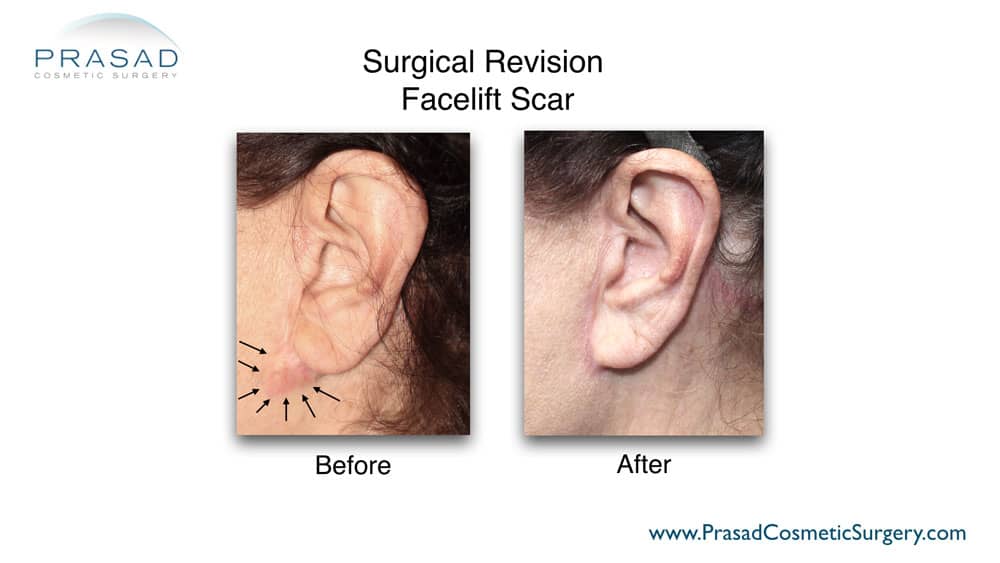
When you think about it, a surgeon, like an athlete, has a time frame for peak performance on any given day. In terms of how the location of the facelift incision affects visibility or the possibility of a telltale sign of surgery, I consider the skin texture, color, and contrast with the skin at the opening of the ear, as well as the characteristics of the sideburns. For a more extensive face and neck lift where the incision goes around the earlobe and extends upward behind the ear and back toward the hair, I design the placement so if a woman wants to pull her hair back, the incision will be well-hidden.
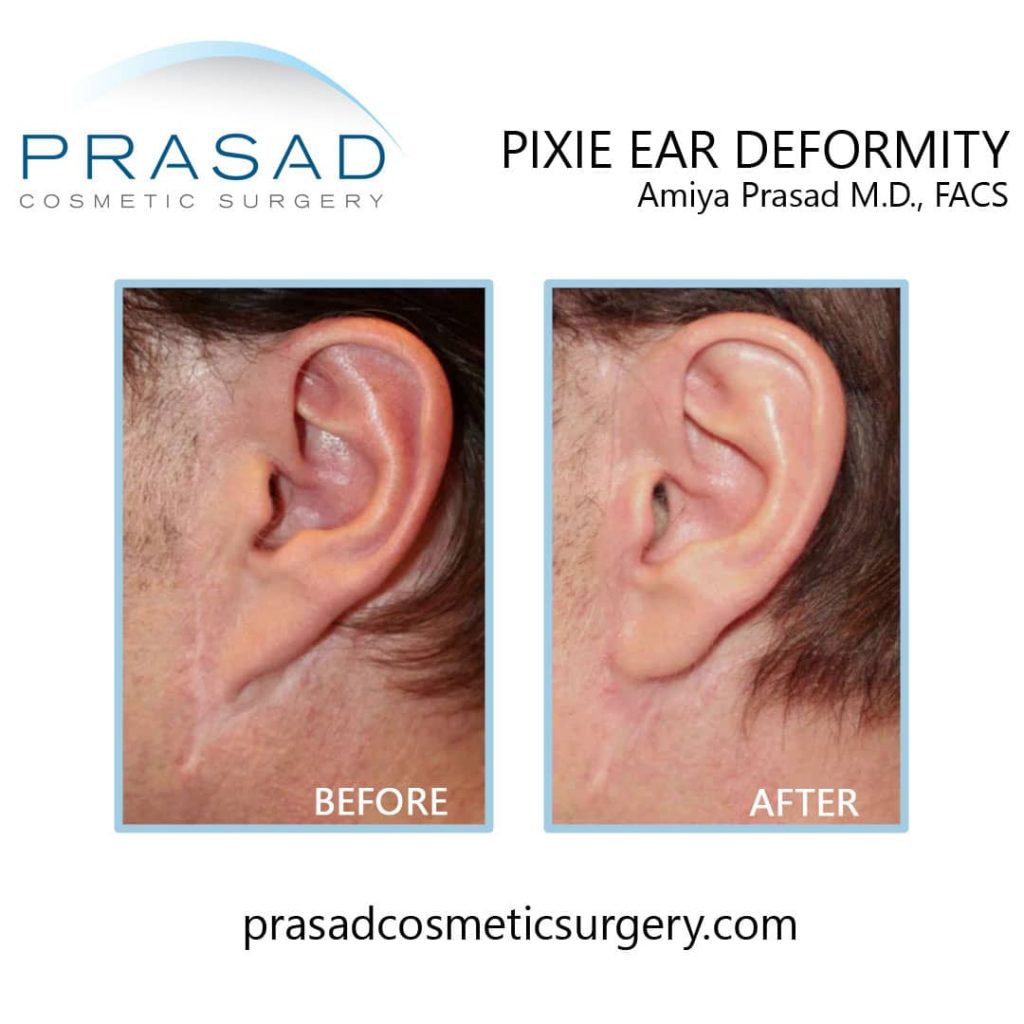

Skin shortage and tension at the earlobe can result in downward displacement of the earlobe, which is referred to as a pixie ear deformity. When this occurs, the earlobe appears attached and elongated as opposed to detached and freely mobile. I have helped people who’ve come to me with this problem by detaching and redirecting the position of the earlobe attachment.
I’ve seen many patients with wide scars in front of their ears as a result of excessive skin tension. One reason for this is that too much skin is removed, and the face is lifted solely by the skin. This is not as effective as lifting the underlying tissue called the SMAS or superficial musculoaponeurotic system as the foundation for the skin to be supported. Poor artistry or execution of the skin trimming is another reason for stretching the scar by the ear.
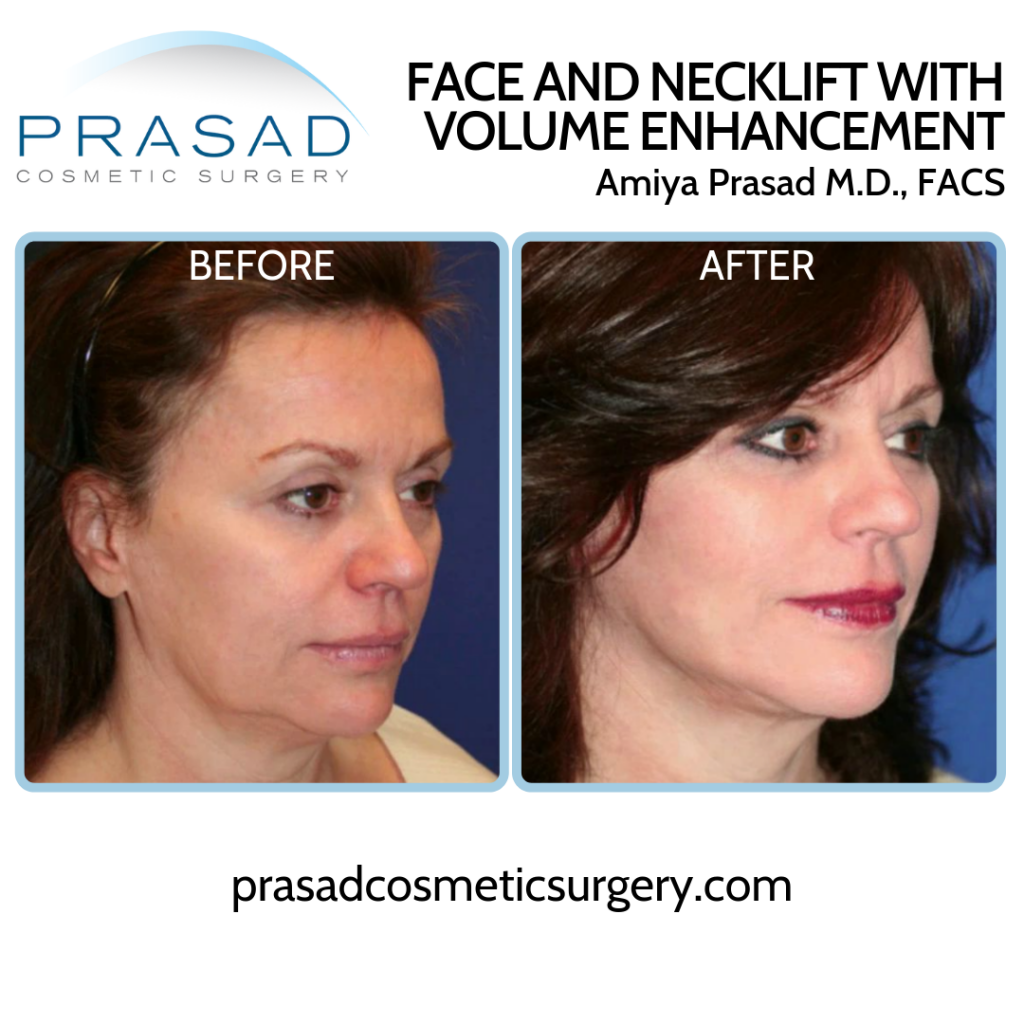
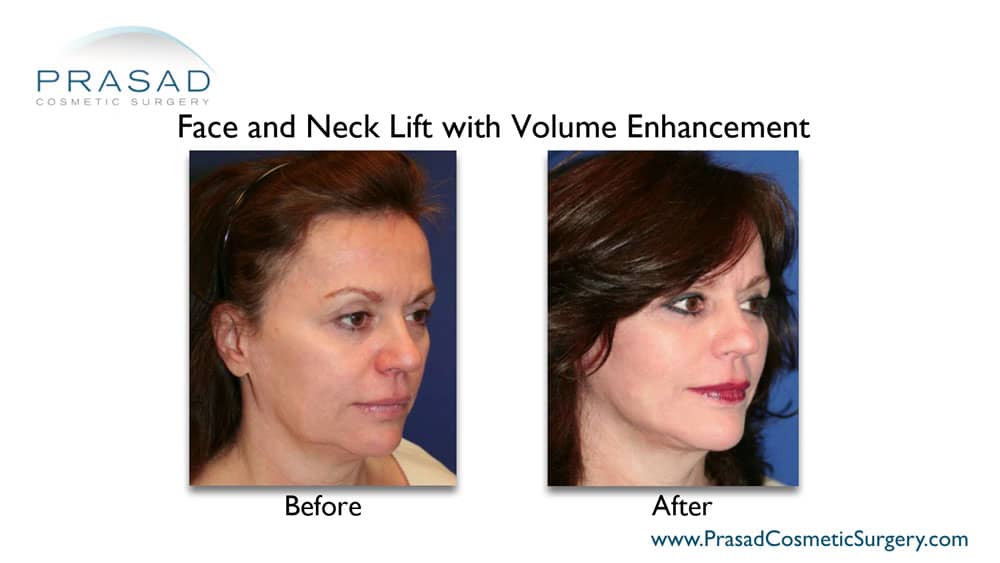
As I previously stated, planning takes time and artistic vision, as well as surgical skill and experience, to achieve optimal results. My experience enables me to better predict potential issues, and take appropriate steps to optimize my patients’ healing.
Is it possible for well-performed surgery to have issues with incision visibility related to how the skin heals afterward? The answer is yes, it’s possible. I approach this part of healing after surgery by using advanced wound healing technology to expedite the processes that occur during wound healing. I use materials like ACell’s extracellular matrix, which has been used to regenerate a variety of tissues in the body. For example, extracellular matrix was used to regenerate an entire fingertip, including the fingernail, and even the fingerprint after a traumatic amputation injury. I often combine the extracellular matrix with platelet-rich plasma, or PRP, which is derived from your blood as a catalyst for this process.
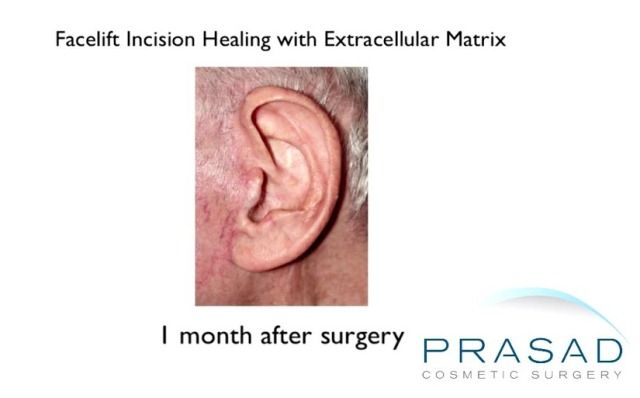
I have successfully used this strategy with facelift incisions, which appear to be virtually invisible in as little as one month after surgery. Aftercare by the patient, and close monitoring by myself and the staff are very important parts of the strategy to achieve optimal results.
While not directly associated with facelift scars, I attribute part of the faster facelift recovery my patients experience to my performing the procedure using local anesthesia with LITE IV sedation instead of general anesthesia. General anesthesia requires the patient to be paralyzed, with a respirator needed to breathe. The face can be distorted by the presence of breathing tubes, and other medical apparatus needed with general anesthesia.
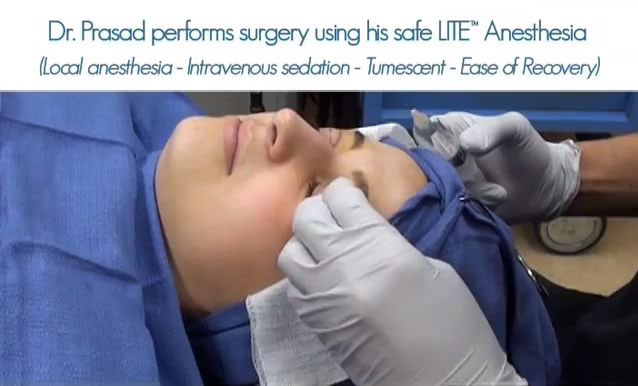
Since I use local anesthesia, with LITE IV sedation, the patient is comfortable in a twilight state of consciousness, my patient’s face is in a more natural state, so I can be more precise. My patients go home the same day as surgery without suffering the side effects of general anesthesia, and needing to be in a facility for monitoring after recovery. When facelifts are performed with general anesthesia, patients generally need to stay in an overnight facility, often with drains, and extensive facial bandaging. The side effects of general anesthesia can linger for about a week, and delay the progress of surgical recovery.
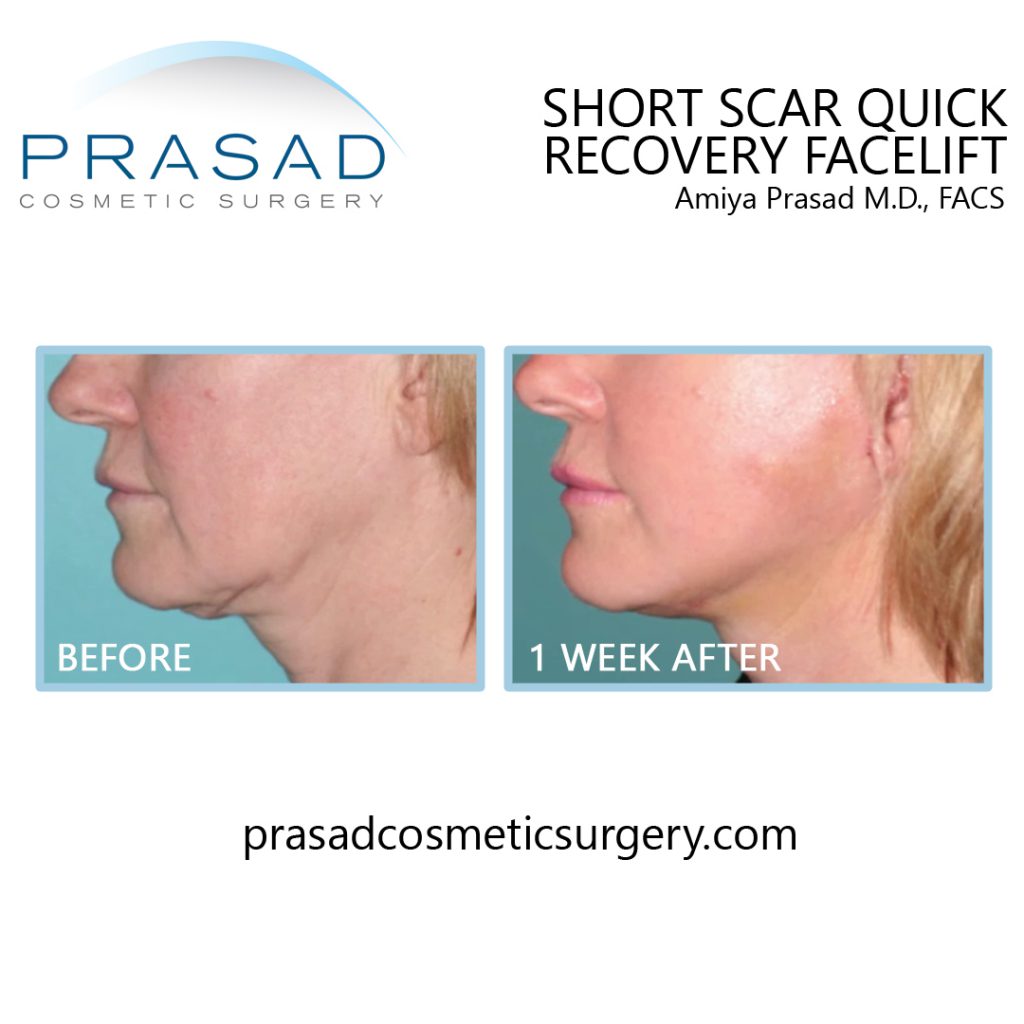
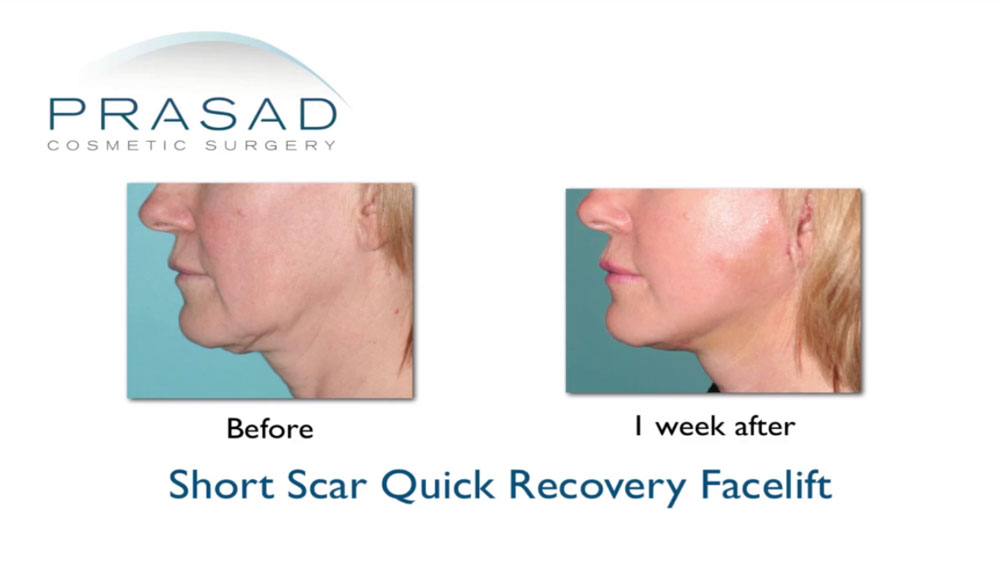
In contrast, my patients undergoing the procedure with local anesthesia typically only require a light facial dressing, and return to work in about a week. Many years ago, I performed upper and lower eyelid surgery as well as a facelift for a lady who wanted to look good for her son’s wedding, which transpired 10 days later. She did very well, but I would recommend a little more time before a significant event where you are getting a significant amount of attention.
While no incision can be completely invisible, with minimal tension, optimal placement, advanced healing, and proper aftercare, a facelift incision can be virtually imperceptible. Your facelift results begin with your surgeon’s judgment, experience, and expertise.
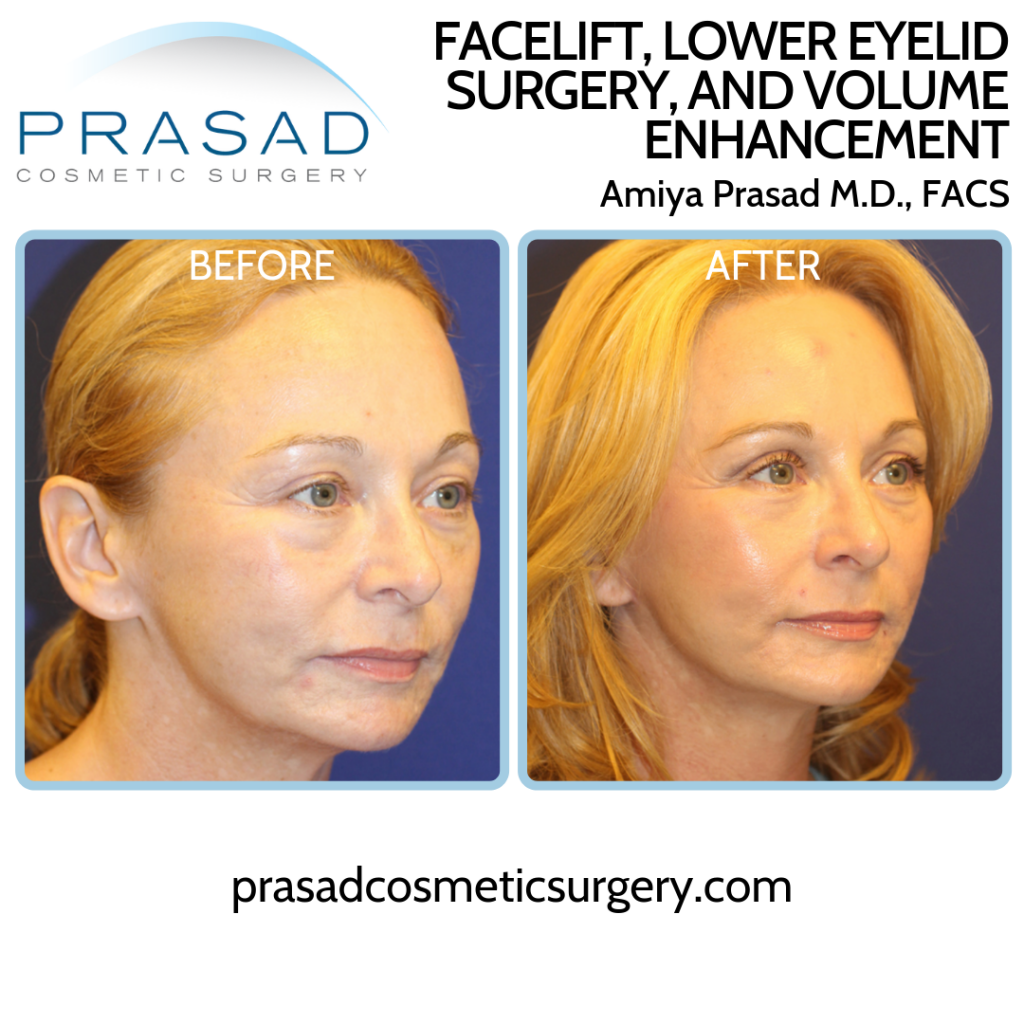
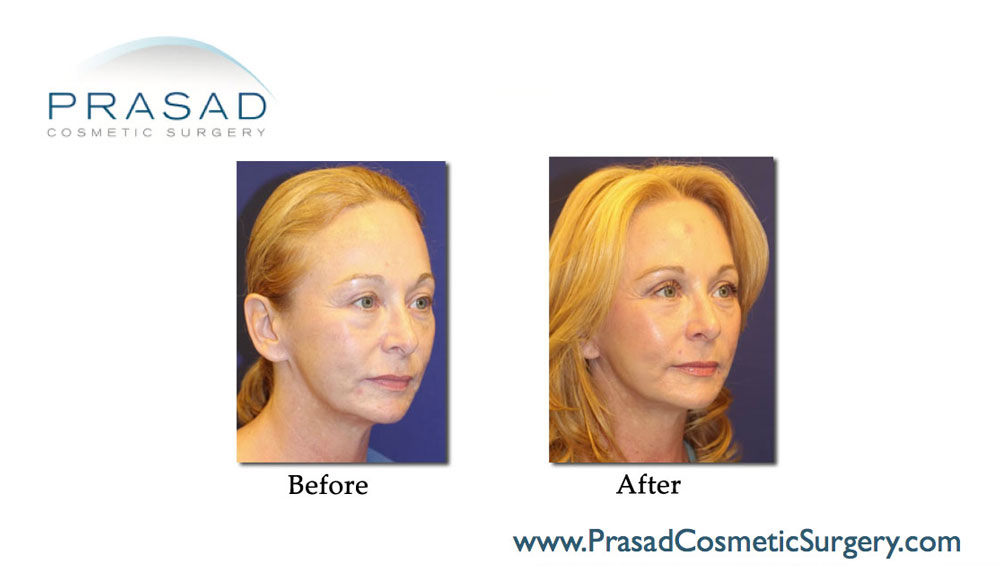
I often perform facelifts with other rejuvenating procedures like eyelid surgery, and facial filler placement.
As I said earlier, I believe in taking a lot of time to plan and design each patient’s surgery before they go into the operating room. In the operating room, I plan ahead of time so that I can perform my patient’s procedure without feeling rushed. Every step counts. My strategy is also adaptable, so I make fine adjustments based on the procedure’s outcomes. Meticulous suture placement is also essential for optimal healing, which, of course, takes time.
My patients understand the importance of investing their resources and time to receive the level of care required to achieve the natural results they desire.
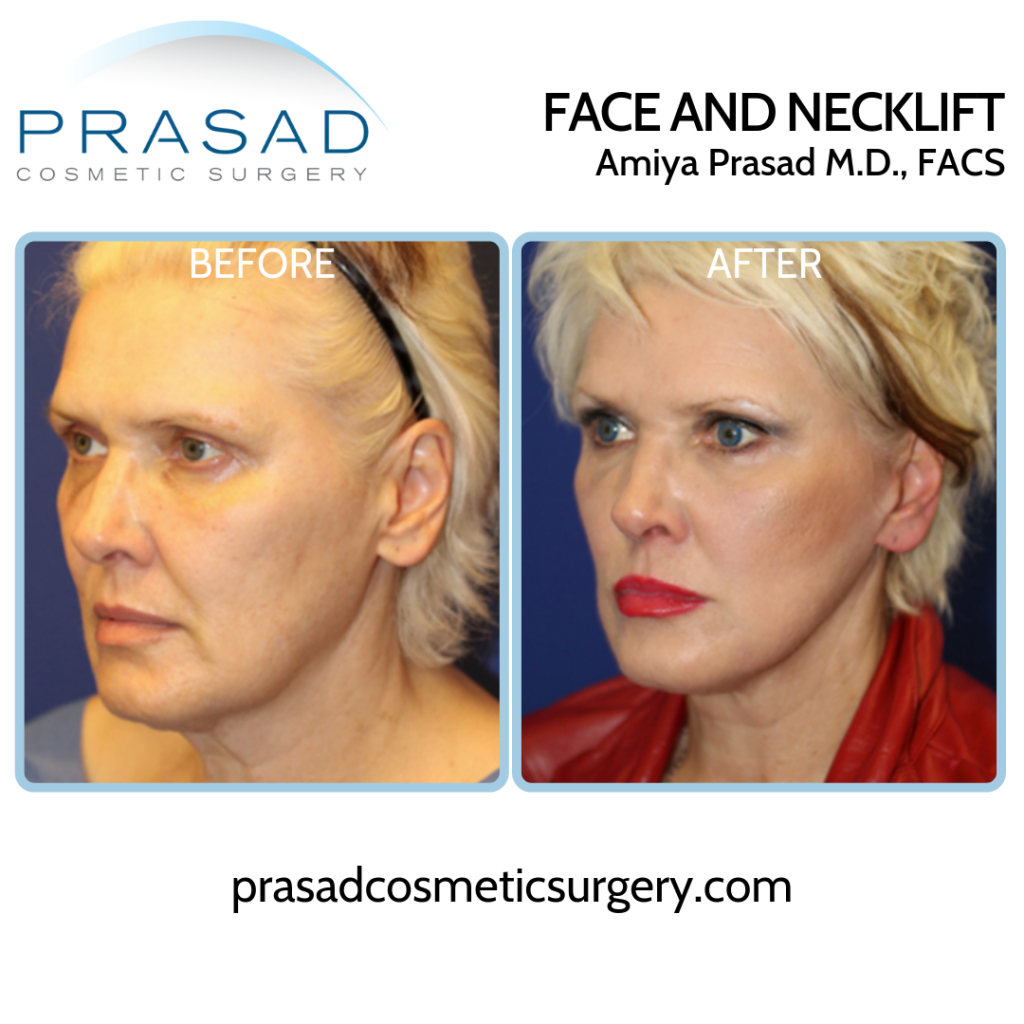
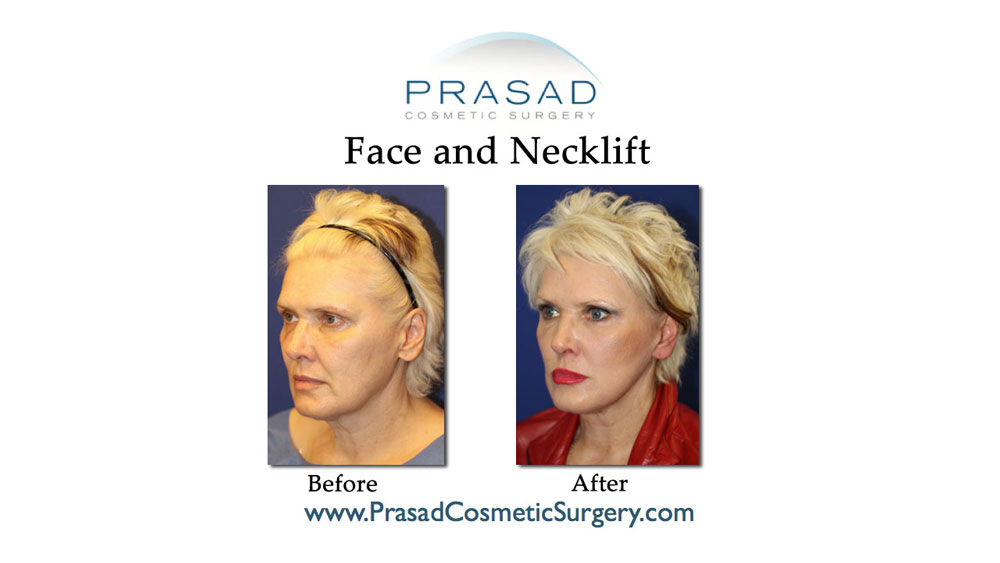
My patients stay with me for a long time, so I am their beauty doctor for injectables, laser, and skin rejuvenation for years after I perform their facelift. I believe that surgeons whose practices are geared toward volume are unable to provide quality care due to time constraints, being rushed, and being unable to focus. This can lead to an increase in undesirable scars and other avoidable complications.
